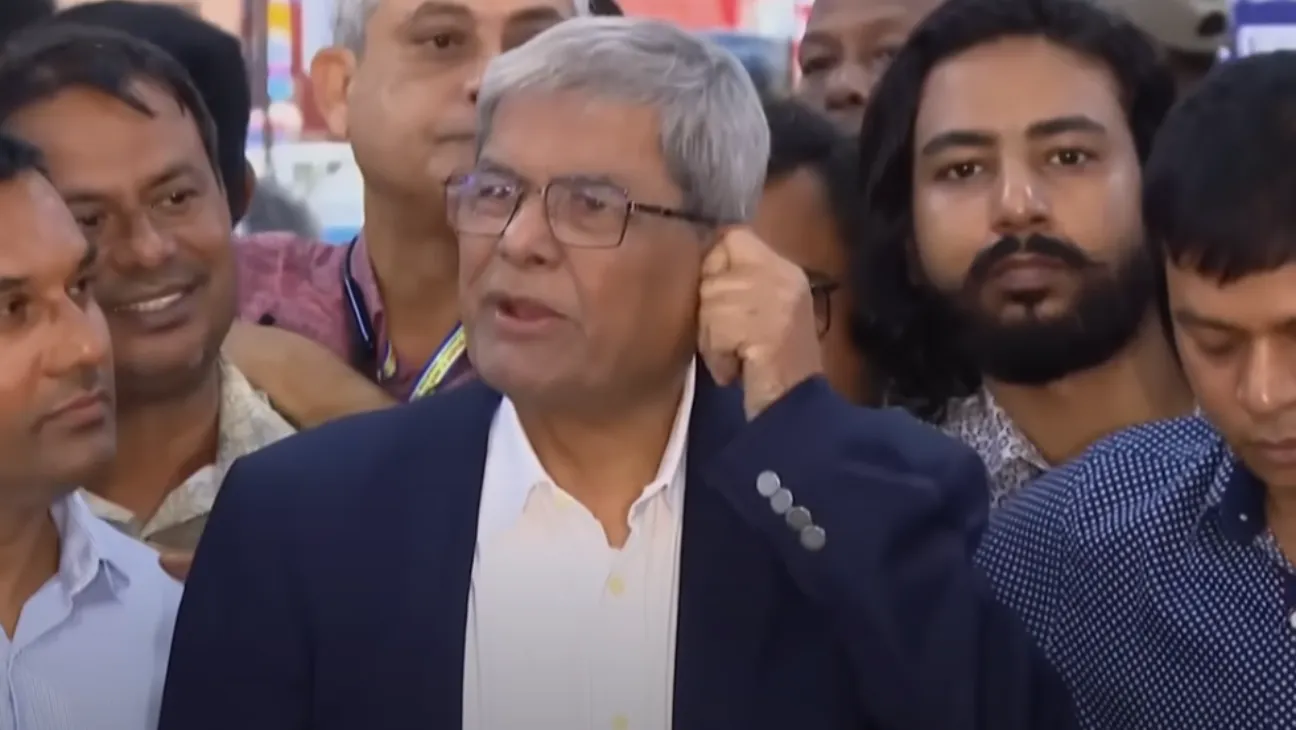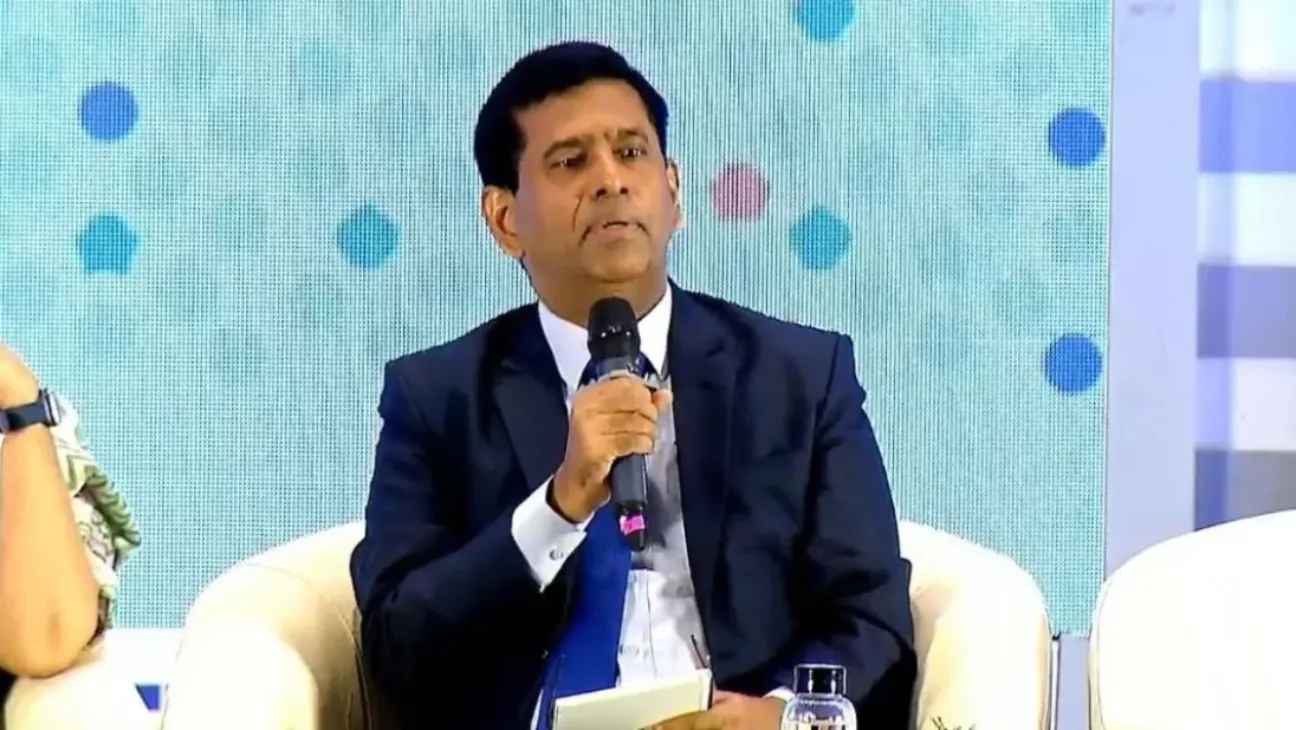Apple’s next flagship smartphone has entered production in India, according to multiple reports. The iPhone 17, expected to be unveiled in September, is now being assembled at Foxconn’s facility near Bengaluru.
The Bengaluru plant, located in Devanahalli, is said to be Foxconn’s second-largest manufacturing unit outside of China. Reports also suggest production is happening in parallel at the company’s Chennai facility.
Foxconn, Apple’s long-standing manufacturing partner, began importing components for the iPhone 17 from China earlier this summer. At that point, the device was still in trial runs. The company has now reportedly shifted to full-scale assembly, marking a milestone in Apple’s effort to diversify its supply chain.
Industry analysts say Apple plans to expand its India-based production significantly over the next year. Estimates suggest output could reach 60 million iPhones in 2025, compared with around 35 to 40 million units projected for 2024–25. The Bengaluru plant itself, approved in 2023, represents an investment of about $2.8 billion, or roughly Rs. 24,400 crore.
The pre-launch preparation accelerates ahead of Apple’s customary September showcase, anticipated on September 9 as historical patterns suggest, since the firm has customarily announced the succeeding iPhone iteration on the season’s first Tuesday following the United States Labor Day holiday.
Observers expect this cycle’s release to feature a quartet of variants: the iPhone 17, the iPhone 17 Pro, the iPhone 17 Pro Max, and a presumed iPhone 17 Air proffer, designed to supplant the extant Plus designation. In parallel, the company is poised to unveil a refreshed smartwatch portfolio, including the Apple Watch Series 11 and a hitherto designated Watch Ultra 3 model.
Concurrently, Apple is executing a phased escalation of iPhone manufacturing in the Indian subcontinent, a strategic augmentation first observed with the iPhone 14 and subsequently with the iPhone 16. This trajectory evidences simultaneously intensifying regional market appetite and the corporation’s overarching agenda of diminishing systemic dependence on the People’s Republic of China.
Consequently, migrating the next-generation family into mass-output ramp in publicly identified Indian facilities symbolises a discernible tactical advance in the diversification paradigm.









